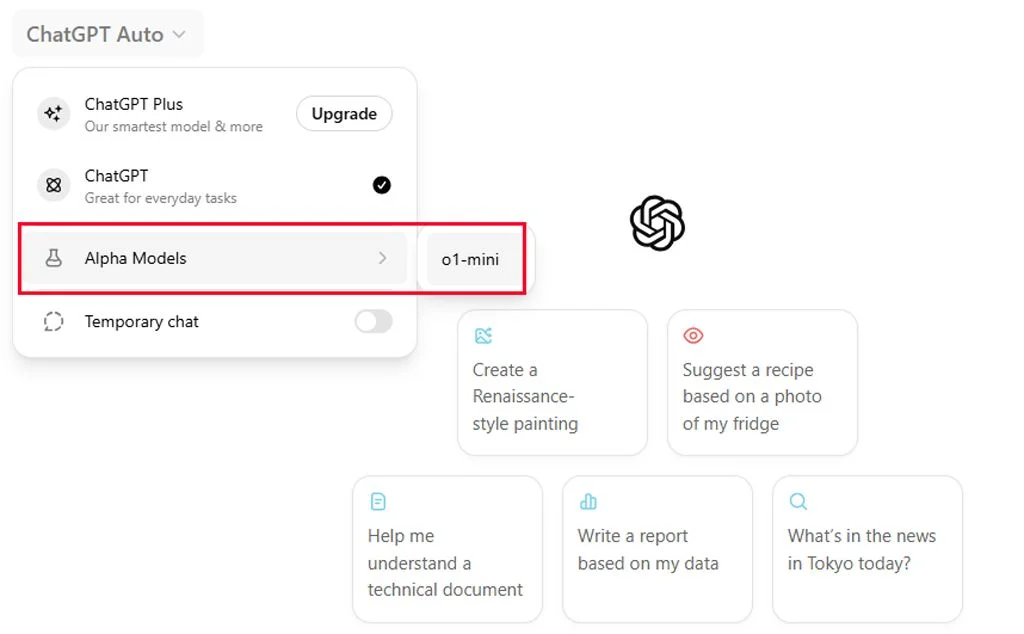Create WBS (Work Breakdown Structure)
Create WBS is the process of subdividing project deliverables and project work into smaller, more manageable components. The key benefit of this process is that it provides a framework of what has to be delivered.

- Input

Scope management plan:
The components of scope management include process that enables the creation of the WBS from the detailed project scope statement;
Project scope statement:
The project scope statement is the description of the project scope, major deliverables, assumptions, and constraints.
Requirements documentation:
Detailed requirements describe how individual requirements meet the business need for the project
Enterprise environmental factors
The enterprise environmental factors that can influence the Create WBS process include but are not limited to industry-specific WBS standards that are relevant to the nature of the project. These industry-specific standards may serve as external reference sources for creating the WBS.
- Organizational culture, processes, and infrastructure
- Product standards
- Quality standards
- Market standards and conditions
※ Some components of EEF
- Organizational culture, processes, and infrastructure
- Product standards
- Quality standards
- Government standards
- Market standards and conditions
- Codes of conduct
- Staffing guidelines
- Reviews and training records
- Work authorization systems
Organizational process assets
The organizational process assets that can influence the Create WBS process include but are not limited to:
- Policies, procedures, and templates for the WBS;
- Project files from previous projects;
- Lessons learned from previous projects.
※ Some components of OPA
- Standardized guidelines
- Proposal evaluation criteria
- Work breakdown structure templates
- Project schedule network diagram templates
- Risk templates
- Organizational standard processes
- Project closure guidelines
- Defect management processes
2. Tool & Techniques

Expert judgment
Expertise should be considered from individuals or groups with knowledge of or experience with similar projects
※ Including:
- Units within the organization;
- Consultants;
- Stakeholders, including customers or sponsors;
- Professional and technical associations;
- Industry groups;
- Subject matter experts (SME);
- Project management office (PMO);
- Suppliers.
Decomposition
Decomposition is a technique used for dividing and subdividing the project scope and project deliverables into smaller, more manageable parts. The work package is the work defined at the lowest level of the WBS for which cost and duration can be estimated and managed. The level of detail for work packages will vary with the size and complexity of the project.
Decomposition of the total project work into work packages generally involves the following activities:
- Identifying and analyzing the deliverables and related work
- Structuring and organizing the WBS,
- Decomposing the upper WBS levels into lower-level detailed components
- Developing and assigning identification codes to the WBS components, and・Verifying that the degree of decomposition of the deliverables is appropriate
3. Output

Scope baseline
The scope baseline is the approved version of a scope statement:
- Project scope statement. The project scope statement includes the description of the project scope, major deliverables, assumptions, and constraints
- Work package. The lowest level of the WBS is a work package with a unique identifier.
- Planning package. A control account may include one or more planning packages. A planning package is a work breakdown structure component below the control account and above the work package with known work content but without detailed schedule activities.
- WBS dictionary. The WBS dictionary is a document that provides detailed deliverable, activity, and scheduling information about each component in the WBS.
- Code of account identifier,
- Description of work,
- Assumptions and constraints,
- Responsible organization,
- Schedule milestones,
- Associated schedule activities,
- Resources required,
- Cost estimates,
- Quality requirements,
- Acceptance criteria,
- Technical references, and
- Agreement information
→ It is possible to use WBS Dictionary to stop scope creep before the job starts, because handling scope creep while the job is done.
Project documents updates
The assumption log should contain the following items for each assumption:
- The date the assumption was first logged
- A category for the assumption, e.g. budget, scheduling, product
- A name and description for the assumption
- A rating for the uncertainty of the assumption (high/medium/low)
- An impact rating for the assumption (high/medium/low)
- An owner for the assumption
- An action plan to mitigate the impact of the assumption should it be untrue
- A date for the next review of the assumption
- A status for the assumption – open or closed
- Requirements documentation
References:
・PMBok guide
・https://backlog.com/ja/blog/wbs-introduce-how-to-make-excel-template-and-useful-tools/#WBS
・https://www.atoha.com/blogs/kien-thuc/wbs-la-gi
・https://youtu.be/idfmPoTJ1S8
You need to login in order to like this post: click here

Sep 19, 2024

Jul 30, 2024